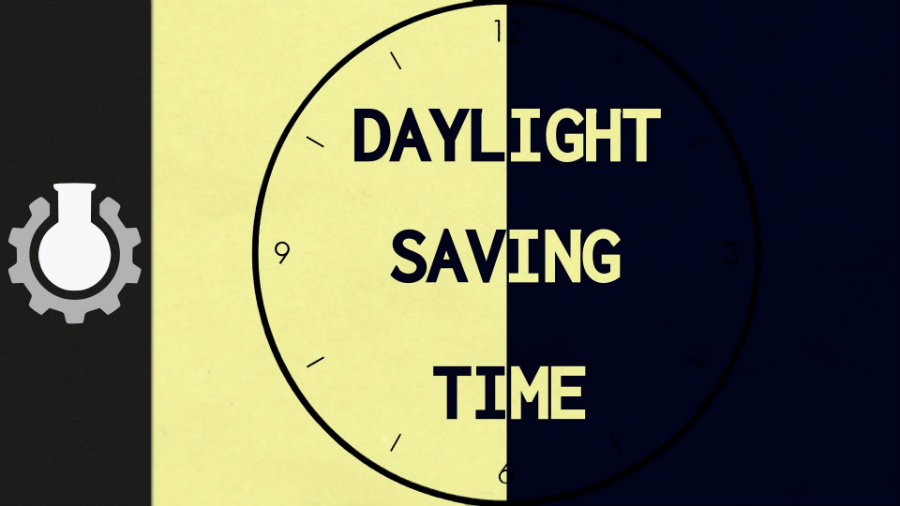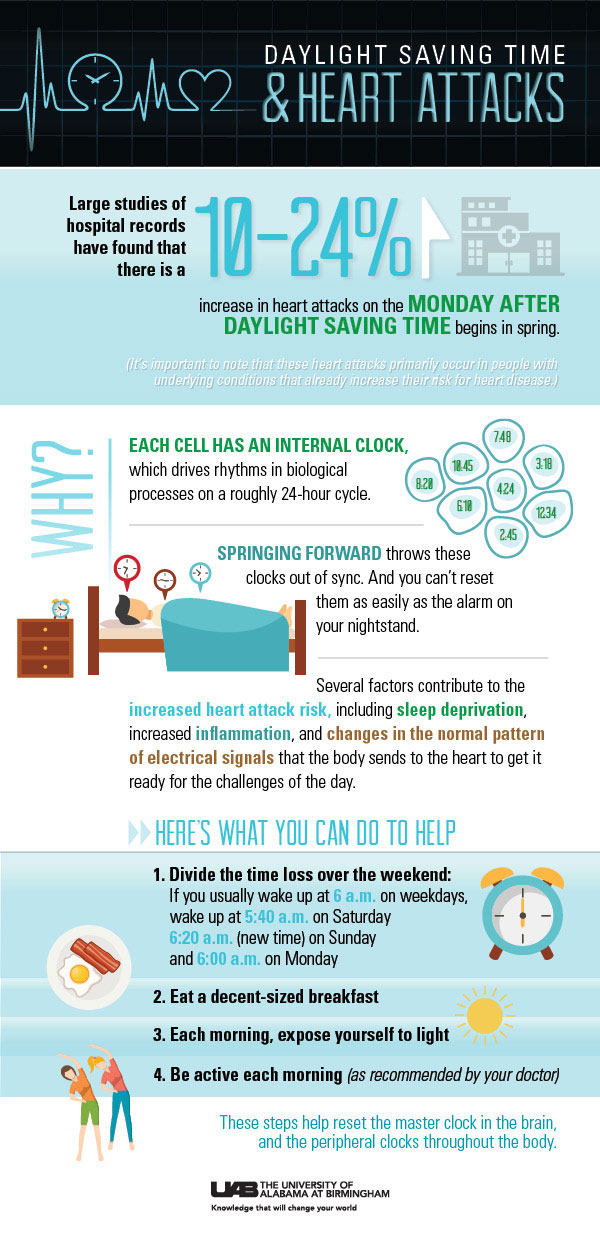This Sunday, standard time will be the rule as daylight saving time comes to an end. This year it was applied back on March 13, and the yearly ritual will provide us with an additional hour of sleep as it finally ceases on November 6.
Although many deem daylight saving time as profoundly beneficial for working hours, researchers concluded that the risk of heart attack increases by 10 percent on the Monday and Tuesday after jumping the clocks forward each spring.
The pneumonic to learn when to apply Daylight saving time is “Spring ahead, fall back.”

Why do we turn our clocks for DST?
Daylight saving time is applied in many countries, but mainly in the U.S., Canada, and most parts of Europe. This allows us to advance our clocks by one hour during summer months to enjoy an additional hour of daylight.
Many attribute the idea to Benjamin Franklin, who at once proposed that churches rang their bells and the military fired its cannons to wake everyone up at the same time, so they could take advantage of the earliest sunlight.
It appears that the idea was proposed back in 1895 by entomologist George Hudson, from New Zealand. In 1885, he had bought a telescope and started studying astronomy. As he made his sightings, he became aware of the daylight hours, after which he sent a paper to the Wellington Philosophical Society proposing the daylight saving time adjustment.
The idea was met with ridicule, but a parliamentary representative saw potential in the idea and pushed it until it was accepted in 1927. But it was the German Empire that implemented the rule in 1916, starting on April 30. Since then, each country implements daylight saving time on its own terms, and some do not implement it at all.
Using daylight saving time allows for a better development of activities that benefit from sunlight, including of course working hours. The issue lies in activities that require precise timing with sunlight, such agriculture and farming.
The U.S. has its clocks jump forward for an hour at 2 a.m. local time, making it 3 a.m. DST, so that day has 23 hours. The same occurs but in reverse in autumn, providing a 25-hour day. The EU shifts all of its clocks at 1 a.m. Greenwich Mean Time.
Ben Franklin and Winston Churchill have suggested that daylight saving allows people to pursuit higher interests of health, happiness, and wealth. In contrast, the German Empire implemented the decision to solve energy shortages and avoid blackouts during air strikes. Both world wars had the U.S. employ DST, and since then it has been subsequently voted and repealed for several reasons.
Opponents to DST argue that there is no actual evidence that suggests DST is useful for saving energy, while they assure that DST can disrupt the body’s circadian rhythm and even cause heart attacks.
Daylight saving time’s effect on heart disease risk
A study performed in 2012 by researchers at the University of Alabama found out that daylight saving time affects the internal clock of the cells within our bodies.
“Moving the clocks ahead one hour in March is associated with a 10-24 percent increase in the risk of having a heart attack the following Monday and to some degree Tuesday,” assured Dr. Martin Young, lead researcher of the study.
Dr. Young explains that the circadian rhythm is responsible for developing the body’s biological processes, which are based on the standard 24-hour cycle variations of light and darkness. Sudden changes in the circadian rhythm were found to have important health implications.

The basis is that daylight saving time forces everyone to have one hour of sleep deprivation, which is considered by researchers to be a cause of diabetes and heart disease. Sleep deprivation alters the body’s internal processes, which in turn can increase the risk of suffering a heart attack. Daylight saving time affects people that have different waking hours, day-sleepers being the ones suffering the most.
Dr. Young also cited the sympathetic tone, which is the array of electrical signals that body structures send to the heart as the person wakes up. These signals become reduced during sleep, but under sleep deprivation, sympathetic tone increases while sleeping, which has been linked to an increased risk of heart disease. This goes in hand with jet lag and changing time zones, which affect the heart’s synchronization with the rest of the body.
The solution appears to be regaining that lost hour over the course of the weekend, going to sleep early and exercising as a way of tiring the body to gain a deeper sleep.
“Doing all of this will help reset the central, or master, clock in the brain that reacts to changes in light/dark cycles, and the peripheral clocks — the ones everywhere else, including the one in the heart — that react to food intake and physical activity. This will enable your body to naturally sync with the change in the environment, which may lessen your chance of adverse health issues Monday,” recommended Dr. Young.
Luckily, DST will end next Sunday, when the body will get its additional hour of sleep that was lacking for months.
Source: University of Alabama
